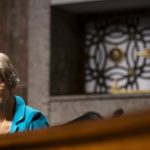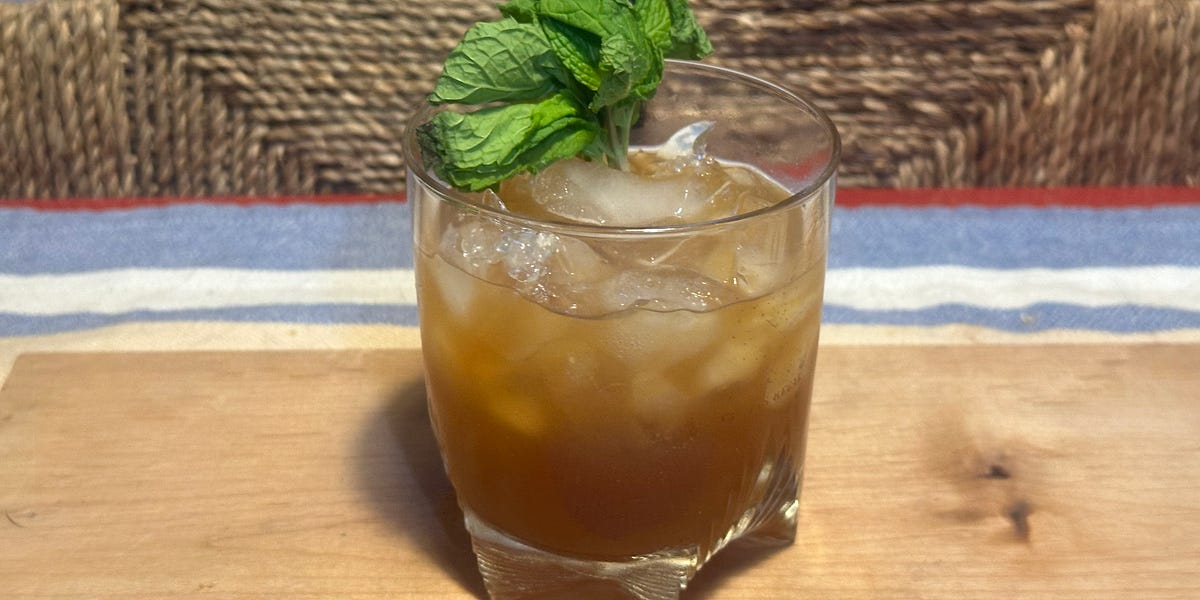As I look at photos and video footage of the Jan. 6, 2021, attack on the Capitol, the Black people I see were defenders—either Capitol or Metropolitan Police, Black members of Congress and their staff, or other Capitol workers.
The attackers, a mob of thousands of overwhelmingly white faces, are described as “insurrectionists.” Yet for me and other Black folks I know, the members of that mob evoked images of past assaults on our communities: massacres in Tulsa, Rosewood, East St Louis, Chicago, and New York City—just to name a few. The legacy of lynching was evoked on Jan. 6 by an all-too-familiar noose.
I see the twisted, distorted faces of white people gone wild, and it scares the shit out of me when I think that these people and their families will vote to make their leader, Donald Trump, president of the United States (of a throwback to the Confederacy) once again.
RELATED STORY: Three years of Trump’s lies about the Jan. 6 insurrection have taken their toll
I wanted to see if there are stories looking at Jan. 6 through the lens of white supremacy. There are!
In August 2022, Sandhya Dirks wrote “The unspoken role of race in the Jan. 6 riot” for NPR.
The Jan. 6 committee has been uncovering what led up to the insurrection, but lurking beneath the hearings is a sometimes unspoken reason — race and the loss of white power.
She uses audio from the Jan. 6 hearings and includes commentary from Stanford political science professor Hakeem Jefferson. Remarks made by Jan. 6 committee Chair Bennie Thompson were no surprise to me. The Mississippi congressman was born in 1948. That’s one year younger than me, so I know what he has lived through.
SANDHYA DIRKS: There’s this striking moment back at the very beginning of the hearings in Senator Bennie Thompson’s opening statement.
(SOUNDBITE OF ARCHIVED RECORDING)
BENNIE THOMPSON: I’m from a part of the country where people justify the actions of slavery, Klu Klux Klan and lynching. And reminded of that dark history as I hear voices today try and justify the actions of the insurrectionists on January 6, 2021.
DIRKS: Thompson draws a direct line from the lost cause to the big lie. Hakeem Jefferson, a political scientist at Stanford, says Thompson’s very presence as an elder Black Southern man at the helm of the hearings holds meaning.
HAKEEM JEFFERSON: To see someone who looks like Bennie Thompson wield this amount of institutional power against a person like Donald Trump, who is awash in the markings of whiteness and privilege and all that it affords.
DIRKS: Whiteness, Jefferson says, is at the center of the events this hearing is interrogating.
JEFFERSON: January 6 was a racial backlash.
DIRKS: More precisely, he says, it’s part of an ongoing white backlash against the very perception of racial progress.
JEFFERSON: Some white people are really concerned about a loss of power and status in American society.
DIRKS: At the heart of January 6, Jefferson says, is a story about power – white power.
JEFFERSON: It’s not about power that’s maintained by burning crosses. It’s about the power that’s maintained about telling some stories and not some others in schools. It’s about the power to elect people who you think will do your bidding.
DIRKS: Over on Fox News, hosts like Tucker Carlson, who has peddled almost every conspiracy and lie about January 6, have consistently said that race or racism has nothing to do with it.
Jefferson was also interviewed for PBS’ “News Hour”:
JEFFERSON: Race is the central organizing feature of American politics and nothing else comes close and what we lose and not attending to that reality is that we miss the core of what we’ve seen that these white Americans are merely upset that Donald Trump is not in office. They’re upset that his defeat symbolizes a change in the racial order and the racial hierarchy that a multiracial coalition of voters went out to the ballot boxes and elected Joe Biden who said that he was fighting for the soul of a kind of multiracial America. It is that reality, the reality of race and American racism. That is at the core of January the 6 and these other aspects of American politics that we’re observing.
Watching the mob walk away after their invasion of the Capitol that day, I didn’t just react to the racism of it all: I also noted the white privilege which allowed it to take place.
I was not alone in thinking that way.
The U.S. Capitol Insurrection Was a Case Study in White Privilege. Teach It That Way
Our students deserve the truth about racialized double standards
I sat in shock last January as I watched televised news coverage of hundreds of people (if not more) storming and overtaking the Capitol. Boldly, they flooded one of the highest-security buildings in Washington. It baffled me that some were able to make it onto the floor of the U.S. Senate and remain there long enough to be photographed. How one man somehow made his way into Speaker of the House Nancy Pelosi’s office, sat in her chair, and left her a handwritten note was all so mystifying to me.
And then, there were the rioters dangling off the side of the building. “How could this be happening?” I remember repeatedly asking myself. I also wondered why so little was being done to stop the rioters and why they were so visibly unafraid of the consequences of their actions. I pondered one additional question: What would have happened had these been Black people? Many other Black Americans, including educators, posed this same question in social-media posts, op-eds, and media interviews.
Frankly, my answer to that last question is: If it had been Black people, they would be dead, or if left alive, they’d be incarcerated for life. Periodt.
Don’t forget (I certainly haven’t) that President Joe Biden did not mince his words nine months later when he called out the white supremacy the Capitol attacks were rooted in.
From The Independent’s YouTube notes:
President Joe Biden has suggested the 6 January Capitol riot was “about white supremacy”. Speaking at the 10th anniversary of the Martin Luther King, Jr. memorial in Washington DC, Mr Biden also put the incident in the context of other racist episodes in US history.
“Torches emerging from dark shadows in Charlottesville, carrying Nazi banners and chanting anti-semitic bile, Ku Klux Klan flags. The violent, deadly insurrection on the Capitol nine months ago, it was about white supremacy, in my opinion,” he said.”The bad news: we had a president who appealed to the prejudice. The good news is that it ripped the Band-Aid off, made it absolutely clear what’s at stake.”
All anyone should need to do is listen to the racism spewed daily by Donald Trump and his MAGA minions (and echoed by the Republican wannabe presidential candidates like Ron DeSantis and Nikki Haley) to get “what’s at stake.”
Don’t ever forget that this is a country where white people sent each other lynching postcards—I certainly won’t.
On Jan 6, 2021, members of the mob took pictures of their racist “bravery” with their cell phones. and posted them to Facebook and Instagram, or sent them to family and friends, who cheered them on.
And for anyone ready to criticize me, saying, “You Black people always want to make everything about race!” I wish I could wave a magic wand and make you Black for a day—maybe, just maybe you’d understand what I have to say.








